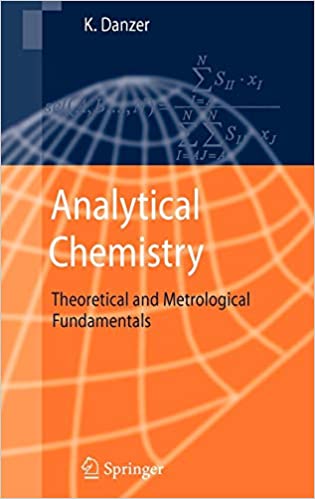Information about end point detection with starch in iodometric titration
Iodine in water solutions is usually colored strong enough so that its presence can be detected visually. However, close to the end point, when the iodine concentration is very low, its yellowish color is very pale and can be easily overlooked. Thus for the end point detection starch solutions are used.
Iodine gets adsorbed on the starch molecule surface and product of adsorption has strong, blue color. Exact mechanism behind adsorption and color change is not known, see for example this explanation of starch as an indicator usage.
In the presence of small amounts of iodine adsorption and desorption are fast and reversible. However, when the concentration of iodine is high, it gets bonded with starch relatively strong, and desorption becomes slow, which makes detection of the end point relatively difficult. Luckily high concentrations of iodine are easily visible, so if we are using thiosulfate to titrate solution that initially contains high iodine concentration, we can titrate till the solution gets pale and add starch close to the end point. In the case of titration with iodine solution we can add starch at the very beginning, as high iodine concentrations are not possible before we are long past the end point.
At the elevated temperatures adsorption of the iodine on the starch surface decreases, so titrations should be done in the cold.
Finally, it is worth of noting that starch solutions, containing natural carbohydrate, have to be either prepared fresh, or conserved with antibacterial agent like mercuric iodide HgI2.




